Regular visitors to this region understand what writer D.H. Lawrence meant when he said, "Touch this country and you will never be the same again."
Santa Fe, New Mexico -- For flatlanders escaping sizzling temperatures, summer in Santa Fe means enjoying the cool, refreshing mornings and pleasant evenings that come with the city's elevation of 7,199 feet. Welcome to the state capital with the highest elevation. Founded in 1610, this is also the oldest state capital in the United States.
Summer is Santa Fe is an afternoon shower that blows in from the Sangre de Cristo Mountains to bring a welcome respite from the summer sun as shoppers study the wares of street vendors in the Plaza, the heart of downtown Santa Fe.
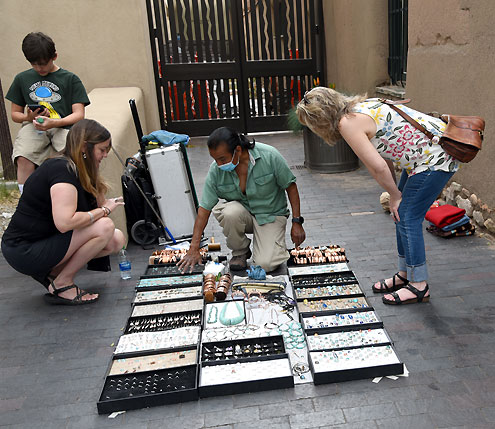
Native American artists line the sidewalk in front of the Palace of the Governors which dates back to 1610. Custom jewelry and art are displayed on blankets and vendors can describe every detail about their particular craft.
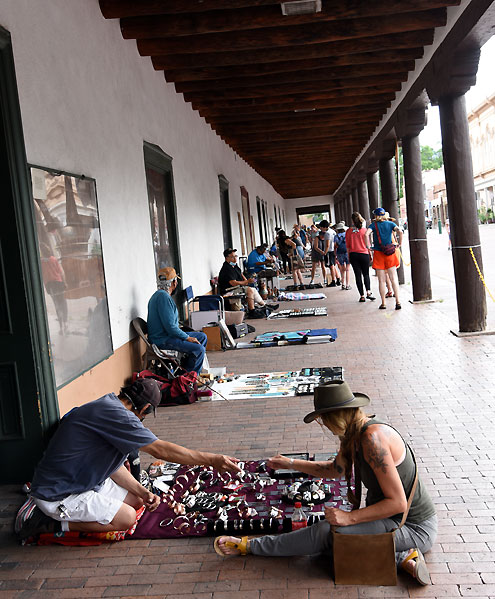
Even the most ambitious visitors eventually learn to pace themselves because, if you include the St. Francis Dr./Railyard area and the loop of Paseo de Peralta, Santa Fe is home to almost 1,000 unique boutiques and shops.
Along with shopping and spicy cuisine, art is another theme woven into the colorful fabric that is Santa Fe and the countless examples of public art are only a hint of what this city has to offer. With more than 250 art galleries to explore, only New York City can boast of more galleries.
Santa Fe has earned a reputation as one of the world's great art cities, although the local art scene dates back to humble beginnings in the 1920s when recently relocated painters Josef Bakos, Willard Nash, Will Shuster, Walter Mruk and Fremont Ellis began assembling simple adobe structures along Camino del Monte Sol. Jokingly calling themselves "five nuts in mud huts," all five were influential artists who launched a legacy that contemporary Santa Fe artists continue to expand.
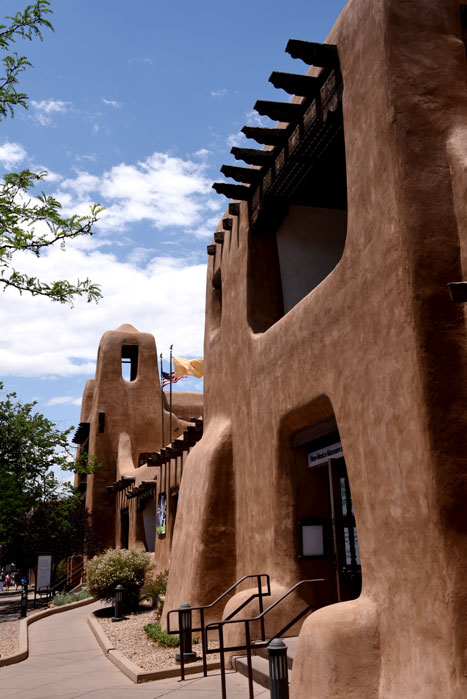
Art is abundant in many forms in the town known as "The City Different," whether it is a plein air artist capturing his vision of the Plaza on canvas...
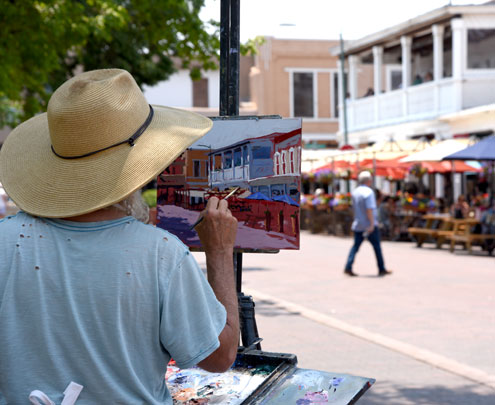
... or a fiber artist on a spinning wheel at the Railyard. Here Frank Osborne spins wool yarn from his favorite goat that Osborne says produces unusually soft wool. Describing himself as an artist/farmer, Osborne has spent the past four decades developing a herd of goats on his farm in Edgewood, New Mexico and his booth features hand-dyed wool yarns, hand-spun mohair yarns and crocheted textiles.
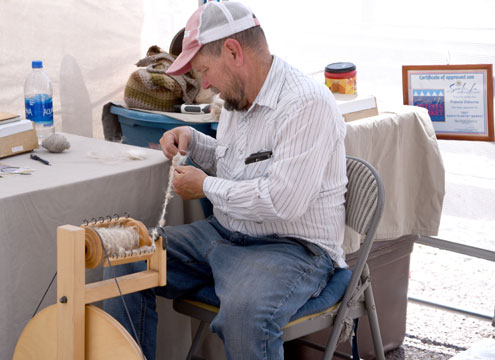
Summer in Santa Fe is starting the day with a breakfast of huevos rancheros smothered with green chile, followed by museum tours and then a light lunch at local favorites Henry & the Fish or perhaps Tia Sophia's to fuel an afternoon of serious shopping that leads up to dinner at The Shed, a cantina-style bar located in a circa-1692 hacienda. Of course, there are dozens more eateries near the Plaza. If you have a favorite restaurant, reservations are recommended because The Shed often has tables reserved months in advance.
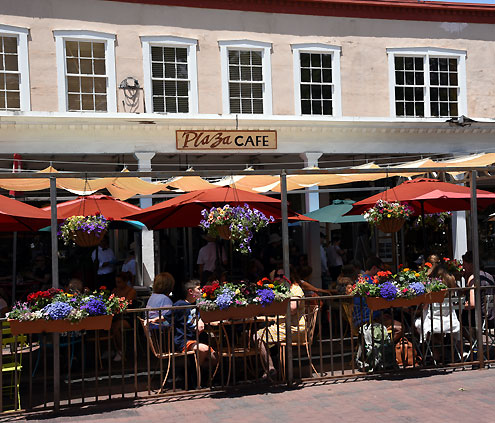
Summer in Santa Fe is lunch with friends at one of their favorite restaurants located a few minutes off the beaten path where chefs have carved out a footprint by serving Southwestern cuisine with their own personal flair. It is hard to top Gabriel's, where fresh guacamole is made at your table as you dine in the garden courtyard. A little more quirky and just down the road from Gabriel's, Tesuque Village Market is another eclectic pub and café that even has its own bakery.
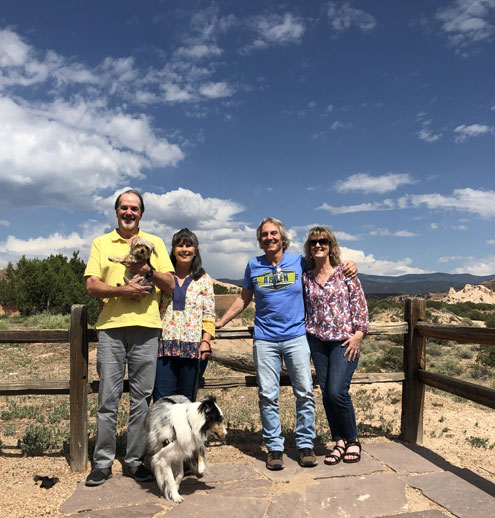
Summer in Santa Fe is pausing to enjoy street musicians as you visit the Plaza or stroll through the Railyard's artesian shops, farmers market and food vendors. At the Railyard, a guitarist who doubled on the pan flute provided the perfect soundtrack for a morning of shopping and snacking. Meanwhile, at the Plaza, it was the mesmerizing fusion of Afro-Native flutist Johnny Alston that attracted a crowd.
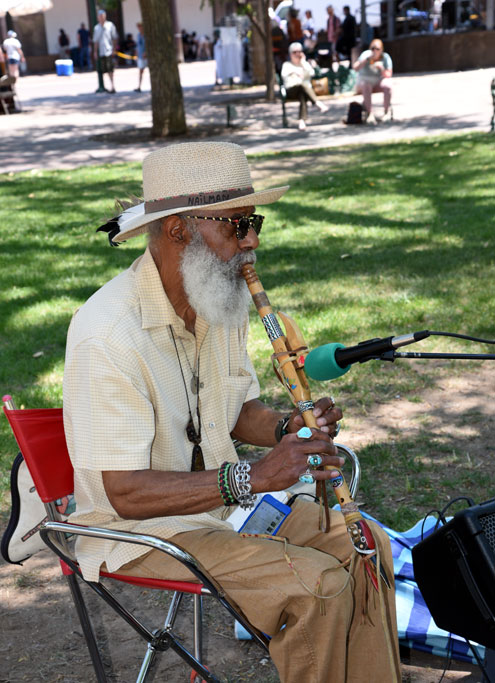
Regardless of which season finds you in Santa Fe, the magnificent churches are a powerful magnet to visitors. A study of the history of this city's famous churches begins with San Miguel Chapel. Constructed between approximately 1610 and 1626, this prominent structure with walls five-feet thick at the base is considered by most to be the oldest church structure in the continental United States. The first stage of Franciscan frontier churches all have a similar rectangular design. Spanish-allied Tlaxcalan Indians from Mexico, working under the direction of Franciscan Padres, built the original adobe walls and altar.
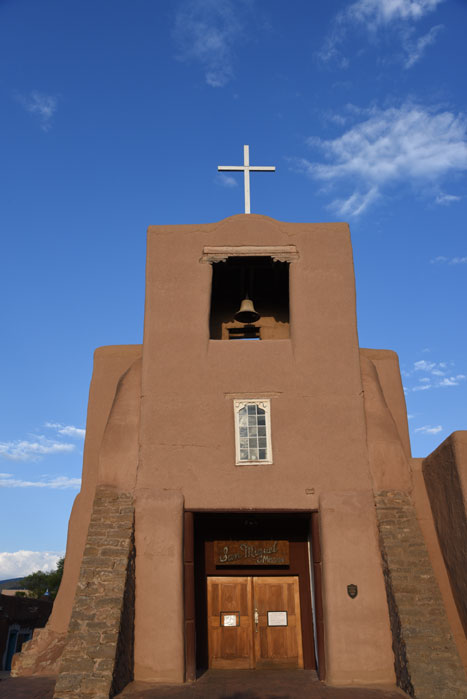
The towering Cathedral Basilica of St. Francis of Assisi keeps a watchful eye over downtown, a fitting symbol for the mother church of the Archdiocese of Santa Fe.
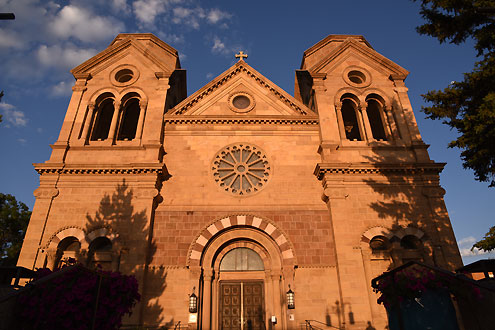
The most fascinating church may very well be Loretto Chapel, with its legendary wooden spiral staircase fastened together by wooden pegs and glue. The chapel was commissioned by the Sisters of Loretto and built from locally quarried sandstone in the mid-1870s.
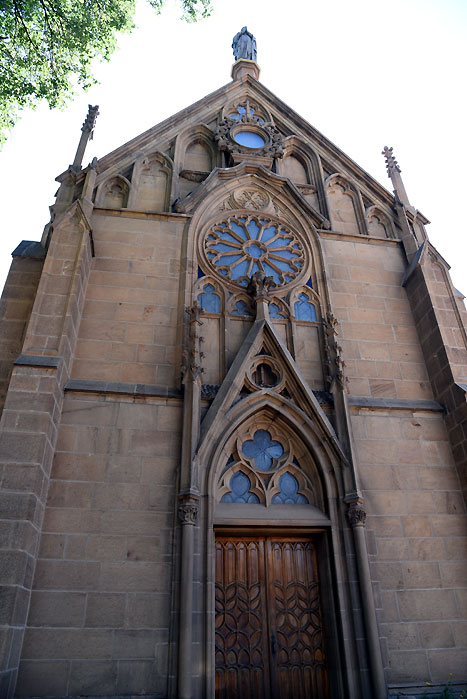
Perhaps due to the untimely death of the architect, at first the chapel offered no access to the choir loft. According to the legend, the Sisters of Loretto consulted with numerous builders to no avail because of the confined space, so they began nine days of prayer to St Joseph, the patron saint of carpenters. On the ninth day, a mysterious stranger came calling. Armed with only a few hand tools and working alone, the carpenter went on to construct the 20-foot, double-spiral staircase without any apparent central support that attracts torrents of visitors every day. The chapel served the students and nuns of Loretto Academy until 1968.
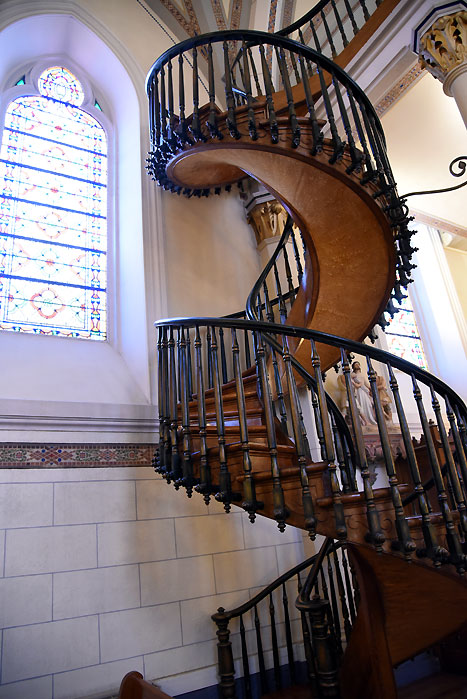
Summer in Santa Fe is enjoying the many cultural influences that gave this city the nickname "The city different" and what better opportunity to appreciate its unique diversity than during the Santa Fe International Folk Art Market that takes place each year during the second full weekend of July.
The Burning of Zozobra, which owes its origin to artist Will Shuster, is a distinctive cultural event staged annually by the Kiwanis Club of Santa Fe on the Friday before Labor Day as an exciting and fiery finale to the last days of summer. The celebratory lighting of Zozobra, a 50-foot-tall marionette, is accompanied by processions, parades and mariachi music.
If you can't make it to those two events, the Fiestas de Santa Fe is held every autumn, usually during the second week of September.
And if you can't make it to Santa Fe this summer, there is always the holidays when the sweet scent of pinion burning in a thousand fireplaces fills the air with Mother Nature's precious incense.
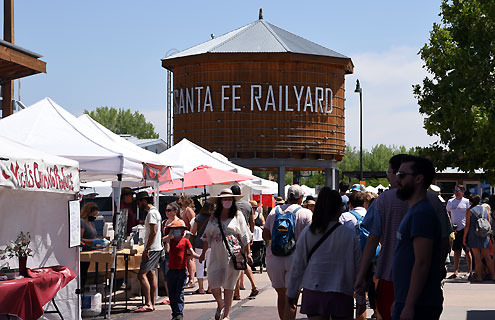
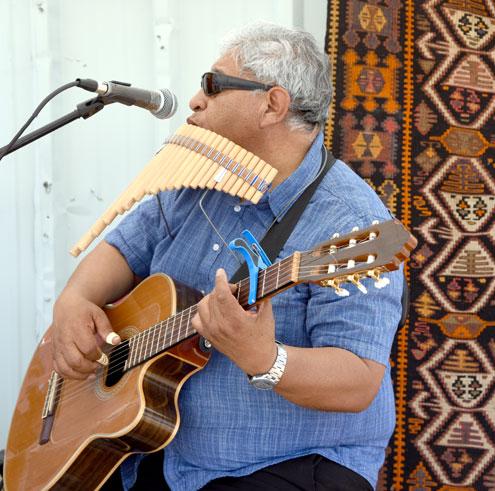
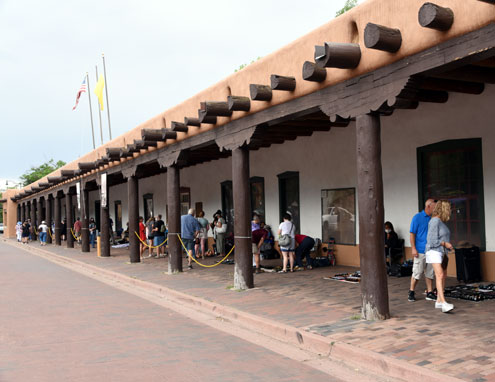
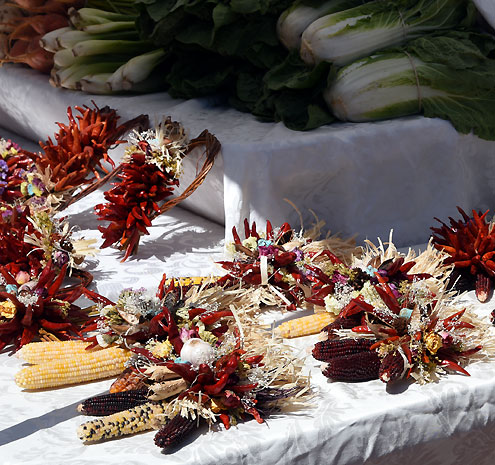
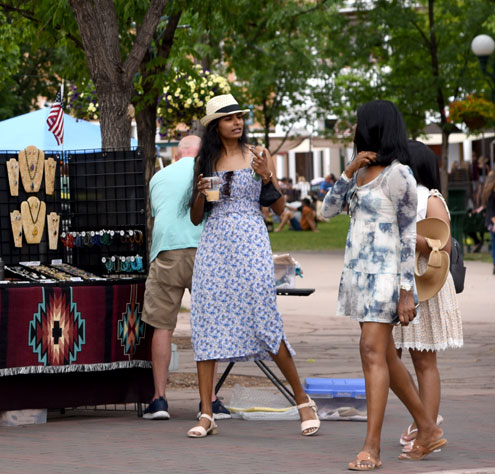
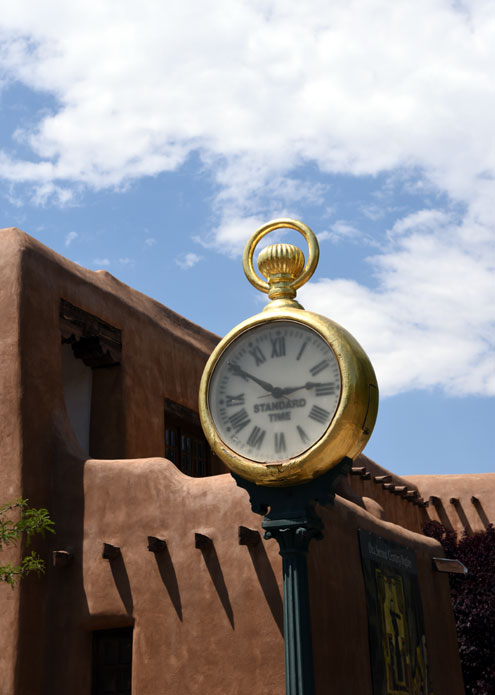
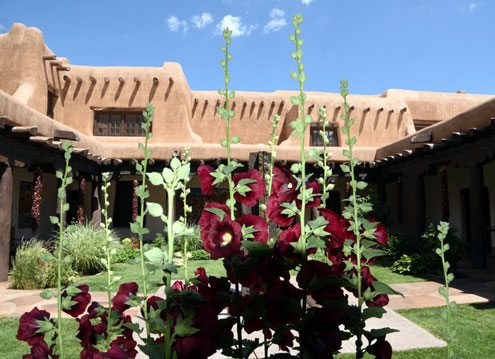
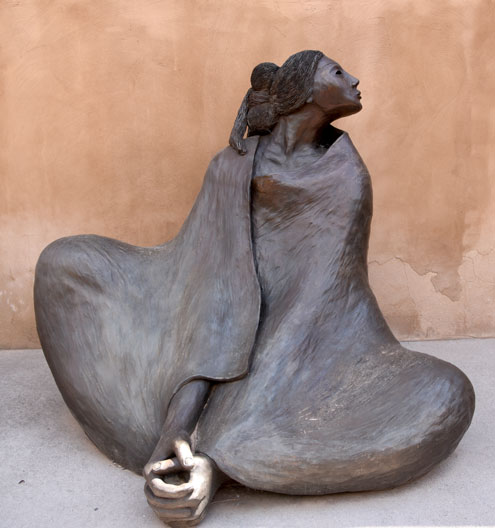
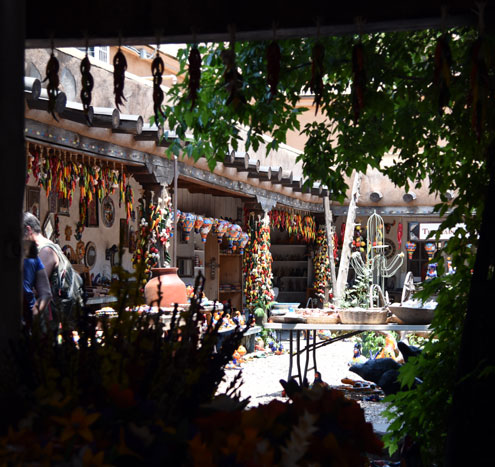
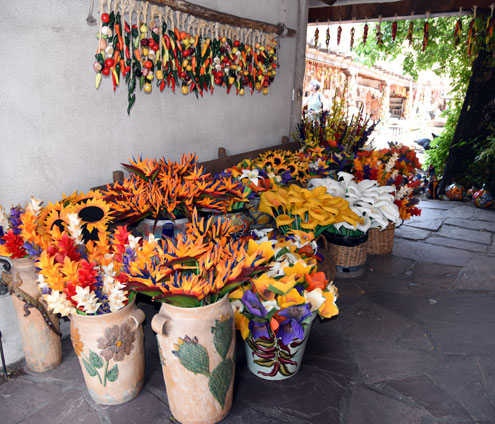
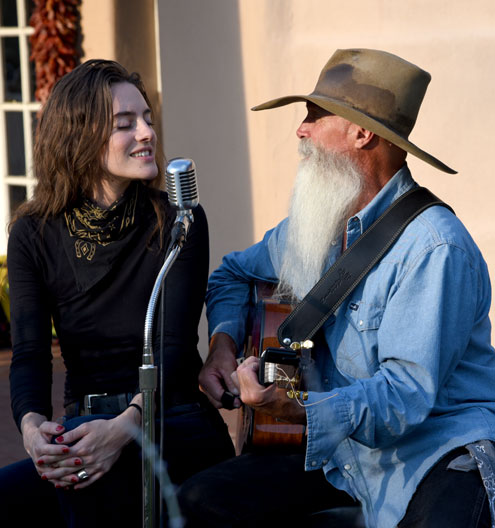
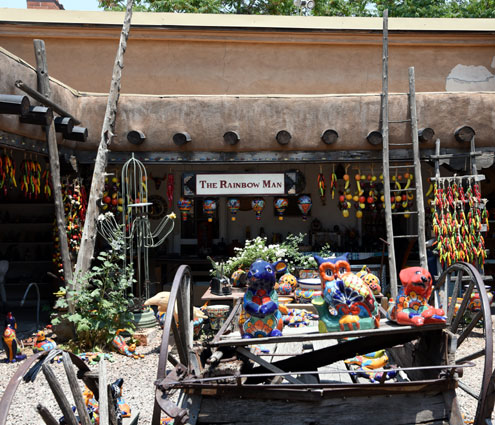
photos by Allen and Cindy Rich
additional photos in today's Lifestyles section...